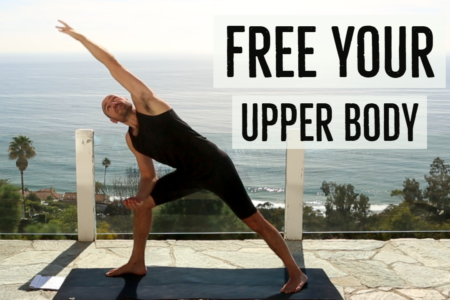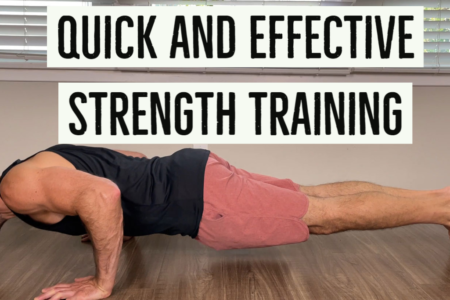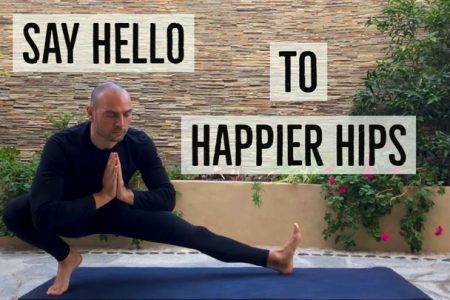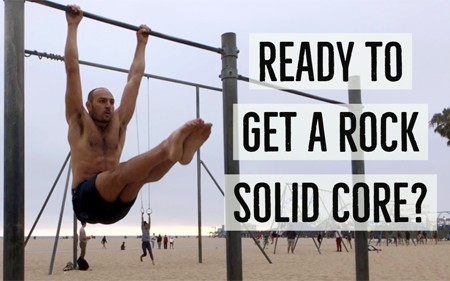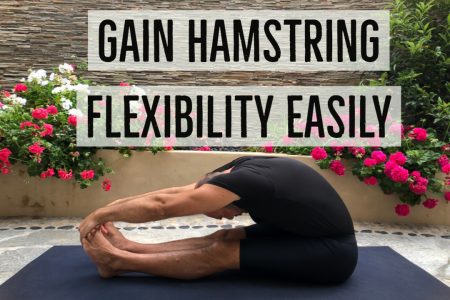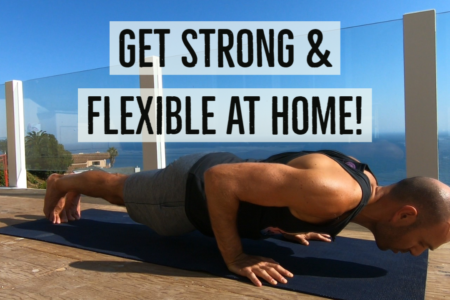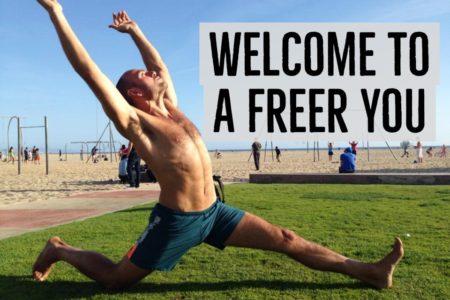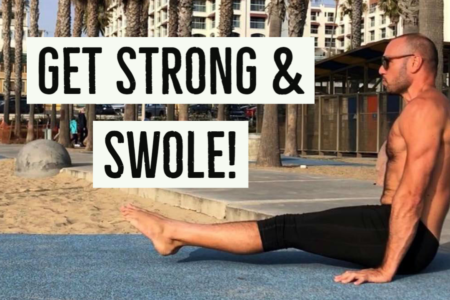Cellular Respiration is divided into two series of biochemical reactions: anaerobic and aerobic reactions. Anaerobic reactions occur in the cytoplasm of the cell and aerobic reactions occur in the mitochondria of the cells. Notice in the picture below that glycolysis is happening in the cytoplasm and everything else is occurring inside the mitochondria, which require oxygen.
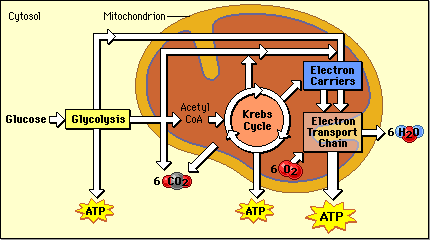
Glycolysis
The first series in cellular respiration is glycolysis, the breakdown of glucose. “Glyco-” means glucose and “-lysis” means to break down.
1. Activation Step
Paradoxically, we need ATP to create ATP. You have to provide that initial spark of energy to start the process. For example, even though your car runs on gas, you need a battery to provide that initial power to start it up. Another example is if you gather firewood, you need a spark from a match to start the fire.
C6H12O6 ——-> 2 (C3H4O3) + 2 NAD-H2 + Energy
So we start with one glucose, a 6-carbon-molecule and we split it in half to create two pyruvates (two 3-carbon-molecules). These pyruvate sugars are synonymously called pyruvic acid. In order to initiate this breaking down of glucose into pyruvate, it takes 2 ATP’s to activate or start this process, known as the activation step.
Notice that pyruvate has half the carbons and half the oxygens as glucose but only a third of the hydrogens. When glucose is split apart into two pyruvates, we are left with two H2 molecules. Two NAD coenzymes are going to take some of those “hot potato” high-energy hydrogens and attach them to oxygen molecules to form water. When this occurs, enough energy is released to create 4 ATP’s. Two of the four ATP’s will go back to refill the energy spent during the activation step and we are left with a net energy gain of 2 ATP so far.
If there’s oxygen, this will continue as an aerobic reaction. If there’s a lack of oxygen, the pyruvate sugars are turned into lactic acid in a process called fermentation.
2. Fermentation Reaction
Fermentation occurs only when there is not sufficient oxygen available to permit aerobic reactions. (Note, this isn’t pictured in that overall picture at the top of this post).
Let’s pretend your muscles don’t have enough oxygen to attach these “hot potato” hydrogens onto oxygen. The NAD will then reattach these hydrogens back onto the middle carbon of each pyruvate to create lactic acid. The same way pyruvate is known as pyruvic acid, lactate is also called lactic acid, they are the same thing.
No energy is generated during this process, it’s just a way to deal with the hydrogens until additional oxygen becomes available to transfer these hydrogens onto the oxygens. Remember this is a reversible reaction: Whenever you’re exercising (and lactic acid is building up) and you stop, you don’t immediately stop panting. Why? Because you need to inhale additional oxygen so that the NAD’s can remove the hydrogens off the lactic acid to form pyruvate again. You will keep breathing hard and your heart will beat fast until the excess lactate normalizes and becomes pyruvate.
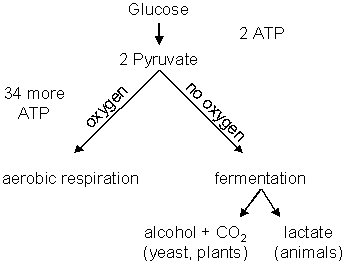
When sufficient oxygen becomes available again, each NAD coeznyme will pick up the pair of high energy (“hot potato”) H-atoms to recreate the pyruvate sugar. If there is enough oxygen to continue the reaction, these pyruvates will enter the mitochondria. And what did we learn about the mitochondria? That the AEROBIC respiration reactions occur in the mitochondria.
If you want to read more about how the lack of oxygen affects the human body during exercise, read the fascinating article about Oxygen Debt. That article will make most sense now that you are acquainted with anaerobic respiration.
To continue on with cell respiration, move onto Part 2: Aerobic Respiration
Cellular respiration
- Anabolic and Catabolic Reactions
- Intro to Cellular Respiration: The Production of ATP
- How Glucose Levels are Regulated in the Blood Stream
- Cell Respiration Part 1: Anaerobic Respiration (Glycolysis and Fermentation)
- Cell Respiration Part 2: Aerobic Respiration (Transition Reaction & Kreb’s Citric Acid Cycle)
- Cell Respiration Part 3: Aerobic Respiration (Electron Transport System)
- The Catabolism of Fats and Proteins for Energy
- The Catabolism of Nucleic Acids
- Oxygen Debt
